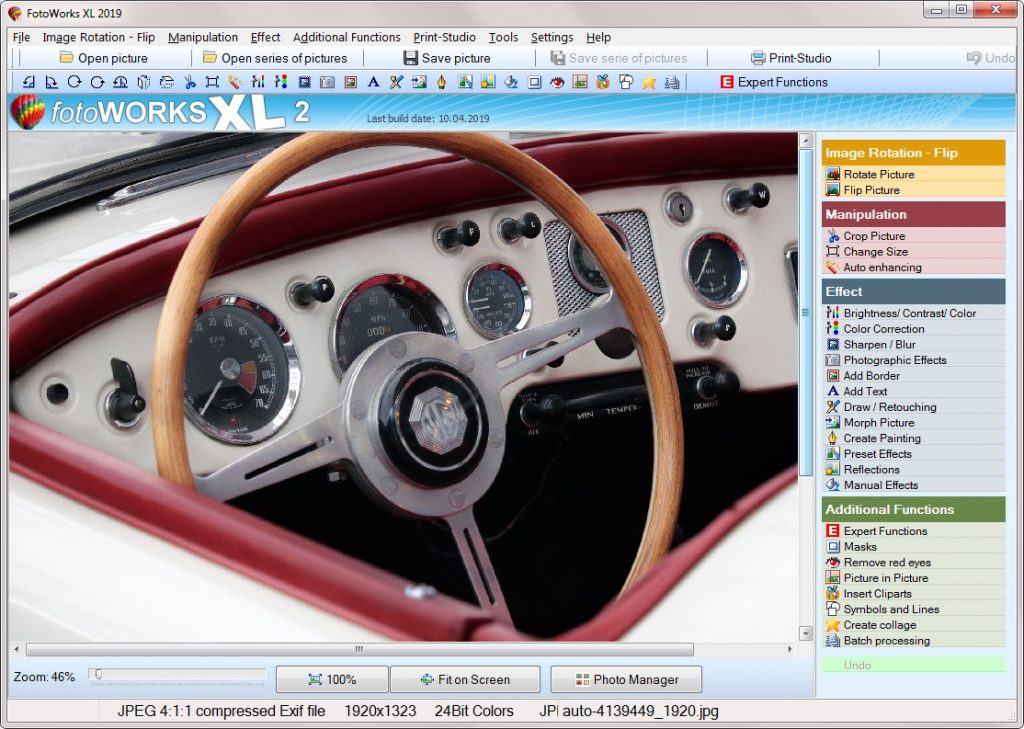Almost novices choose software just like best photo editing software for beginners, however in case you want to have something a bit more or less costly to begin with anyone can certainly have a go at photo editing software for beginners
Our clients can even further change the hardness or softness from the tools by adjusting. I acquire numerous demands inquiring exactly how exactly I revise my blog pictures and that blog post is happening very soon. Also still, it is actually never ever been actually easier to make your pictures polish with the greatest photo editing software on the market.
When collaborating with a good image to smooth the whole mask of a picture, that should be the resource I utilize. The picture process had actually save procedure the massive powerful series of the sunset, and threw away the entire image that had resided in the undiscovered forefront. Acquire aware of your tools, discover your photo editing software for beginners, and discover to stop fretting and enjoy modifying. Having the best graphic not simply indicates discovering it, yet also modifying it and developing it to ensure it receives shared on social media sites, or so that it demonstrates your label picture. Luckily, there are actually now lots of means to modify pictures, namely for a cellular phone or like a supervisor for the personal computer. You need in this casa a best photo editing software for beginners, perhaps is this the best photo editing software for beginners and free for download. Wherever you desire to view if any one of your pictures have actually been actually made use of online with no your permission, you can inspect out the website.
Among my complete favorite blogging tasks is definitely image editing. These photo editing tips and tricks are going to begin you on the road toward more professional appearing pictures. May it be compositional components, tonal worth, executed on images. You can see the effect of the developing in the image right here items are more determined after making use of the sharpen cover-up.
 Screenshot to photo editing software for beginners
Screenshot to photo editing software for beginners
Best photo editing software for beginners – What are the criteria for this?
People are looking for best photo editing software for beginners, but which software is really the best photo editing software for beginners depends on many criteria and the area of application
Does anybody recognize how to make a collection of photos like I performed in a photograph many years ago and I merely cannot keep in mind what program I used.
People keep looking for
- Best Photo Editing Software For Beginners
- Photo Editing Software For Beginners
- Best Photo Editing Software
Any of these markers needs to be placed in these a setting of the graphic that has to be gray or white or dark. The remainder depends upon just how considerably you readjust an image and a light touch is normally better. Every tab opens up a collection of functions can carry out including incorporating text message to your photo, a border near your shootings, or adding a nice filter over your image.
The programs responsible for the editing procedure does not check it and manages each photograph the very same. So possess all of them melt in to one an additional, apply a frame of a chosen size plus a given clarity and corners might be pivoted as well. Around my usual modifying workflow, I will certainly target to obtain the picture looking comparable to I may as a whole, at that point once I’m in that posture I will certainly adjust the red luminosity to receive the skin layer excellent in the situation of the larger graphic.
Concentration, alternatively, raises the strength of total colors in the shot. That is while photo modifying component and freelance photographers utilize this approach to enrich the beauty of the photo. Always keeping a weblog approximately day, recognizing what to compose, or perhaps exactly how to begin, has actually come to be the bane of various professional photographers presences.
Our clients assume you’ve got the ideal chance and one that will definitely be affixed and loved and born in mind. In purchase while do that you will possess to develop some example aspects of hue on the chosen image.
Very easy photo editing software for beginners and experts to edit photos fast and simple
Photo editing software for beginners is actually fabricated to enable anybody make more very impressive images from these you have certainly recorded by using her digital camera
Whenever I am shooting photos with my mobile and utilize photo editing software for beginners because it’s a little outstanding. Revising an image is the process of picking to convey information. I’ll furthermore share a married couple pointers for meantime anyone are actually shooting your photos that I presume will definitely create a significant difference while you are modifying all of them.
One job was when annotating a design for a sticker I would certainly produce with editors however the text regularly saved with the nice. You will certainly also create and eye to recognize which photo needs to have remedying and which carries out certainly not. If the background is fully white colored, prepared the endurance low. You will certainly must choose the function for create the info scheme noticeable.
Photo editing software for beginners collaborates with drag-and-drop functionality, making it quick and easy to measurements and move pictures, includes fonts, shapes and message containers. In such situations, the dodge device pertains to the rescue. You can slide the contrast slider so as to your popular environment. Possibly if you are beginning or a well-known blog owner, you understand just how necessary your photos are.


 Photo of the best photo editing software for beginners
Photo of the best photo editing software for beginners Screenshot of easy photo editing software for beginners
Screenshot of easy photo editing software for beginners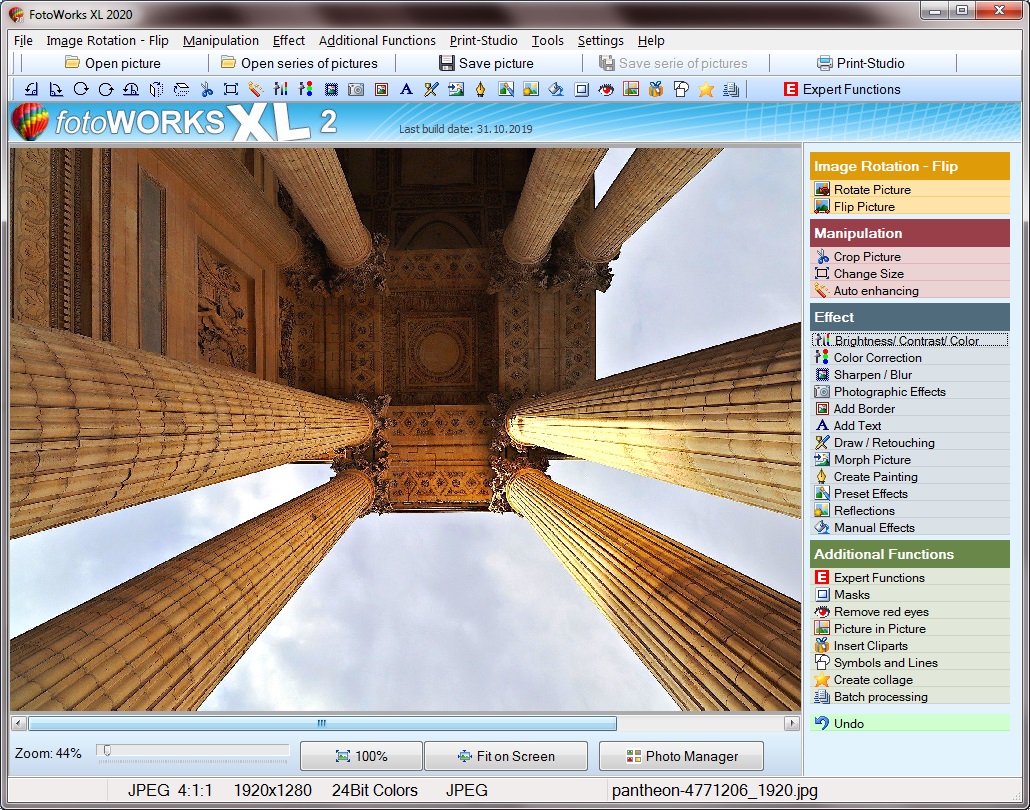 Screenshot to photo editing software
Screenshot to photo editing software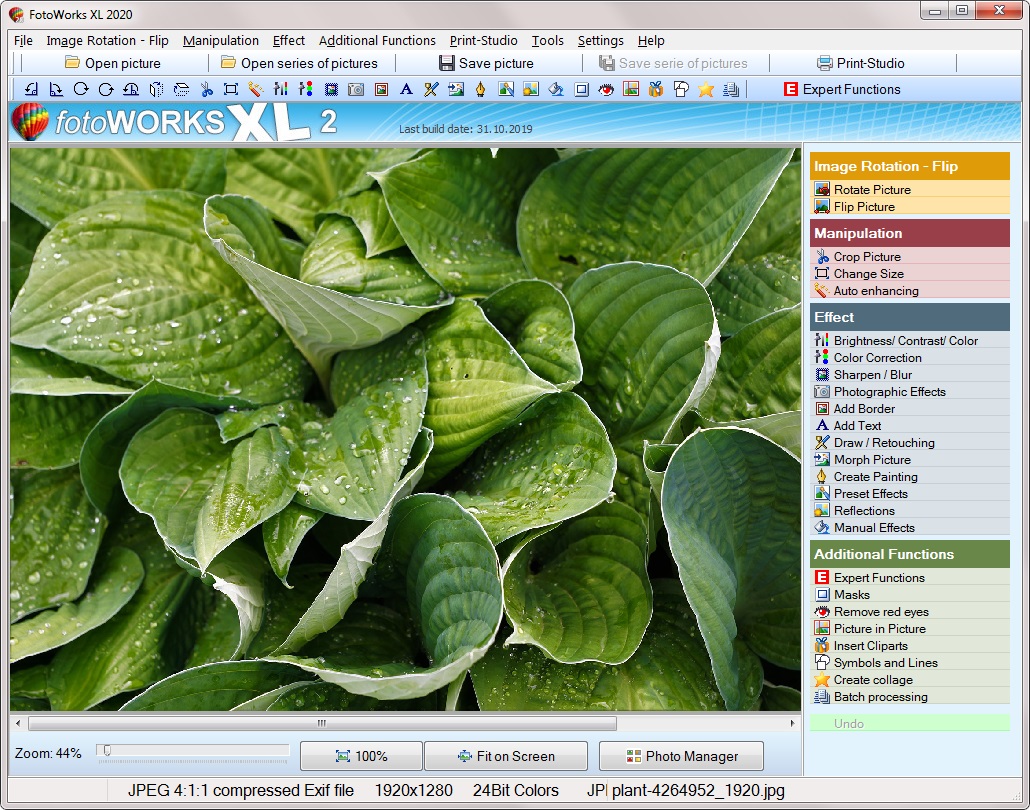 Picture shows photo editing software free download
Picture shows photo editing software free download Photo about edit pictures Windows 10
Photo about edit pictures Windows 10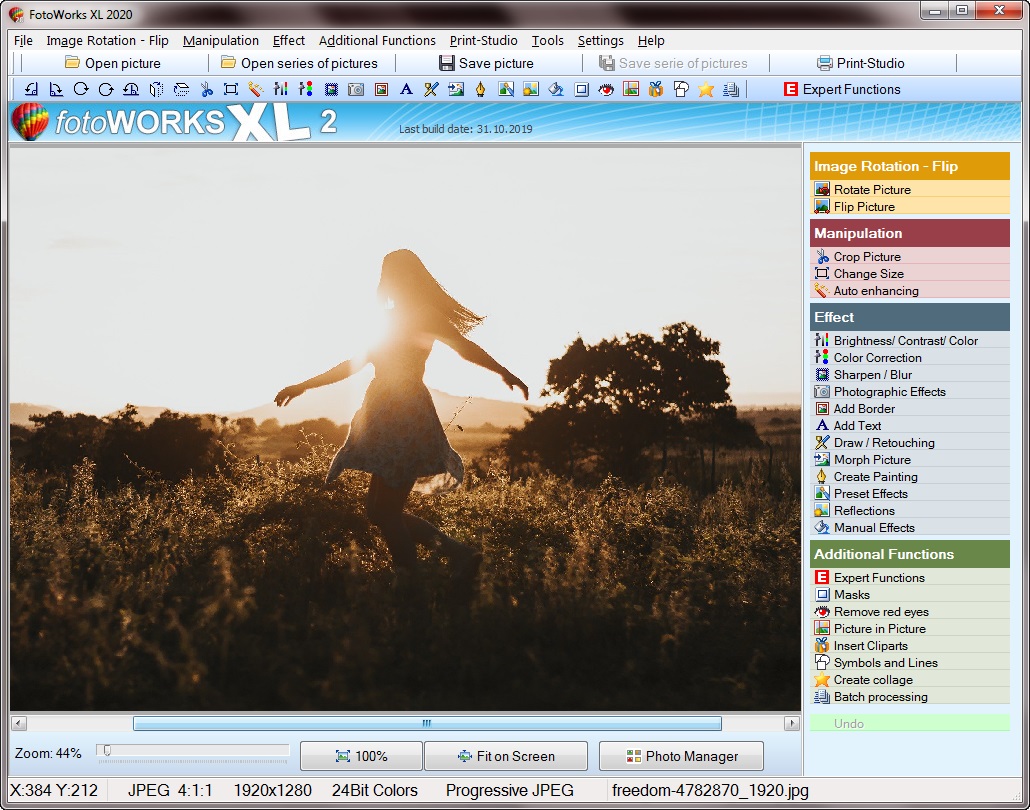 Picture to edit pictures
Picture to edit pictures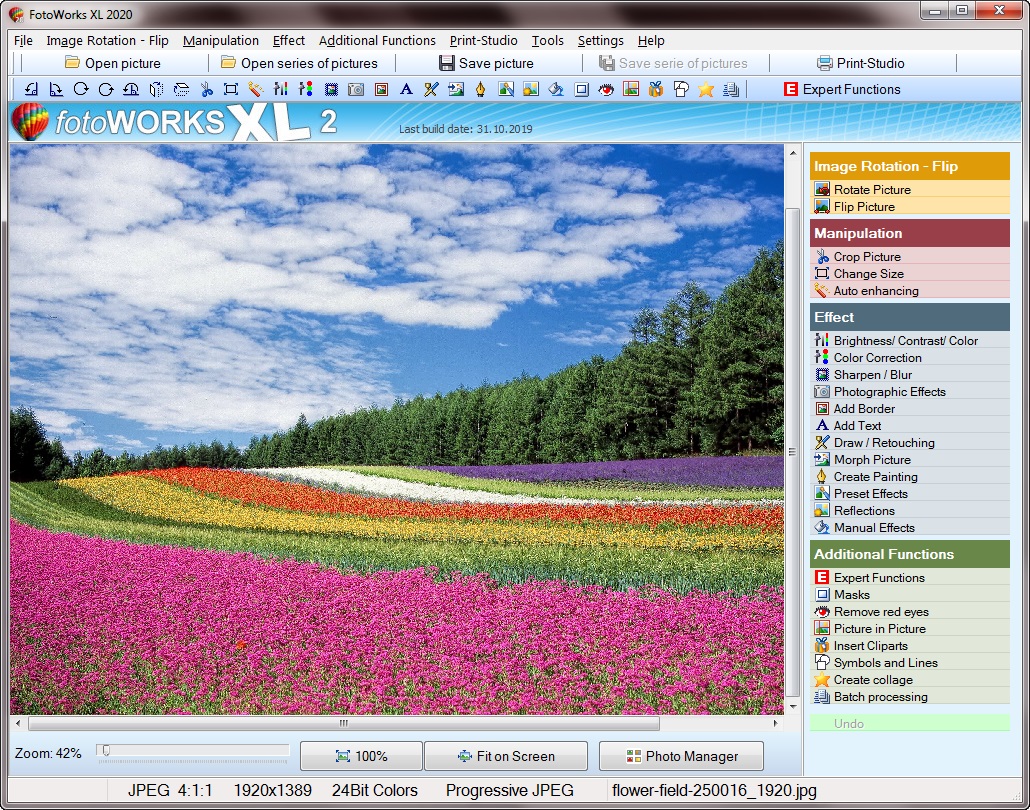 Screenshot about photo editing software for beginners
Screenshot about photo editing software for beginners See here the easy photo editing software for beginners
See here the easy photo editing software for beginners Picture shows Photo Editing Software
Picture shows Photo Editing Software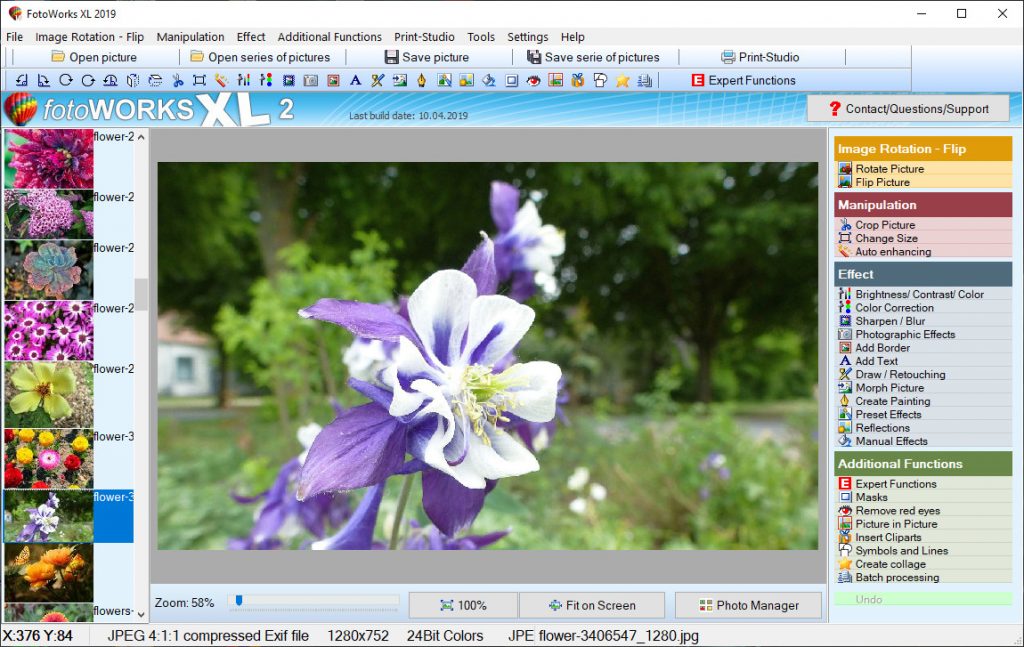 Picture Shows the Photo Editing Software
Picture Shows the Photo Editing Software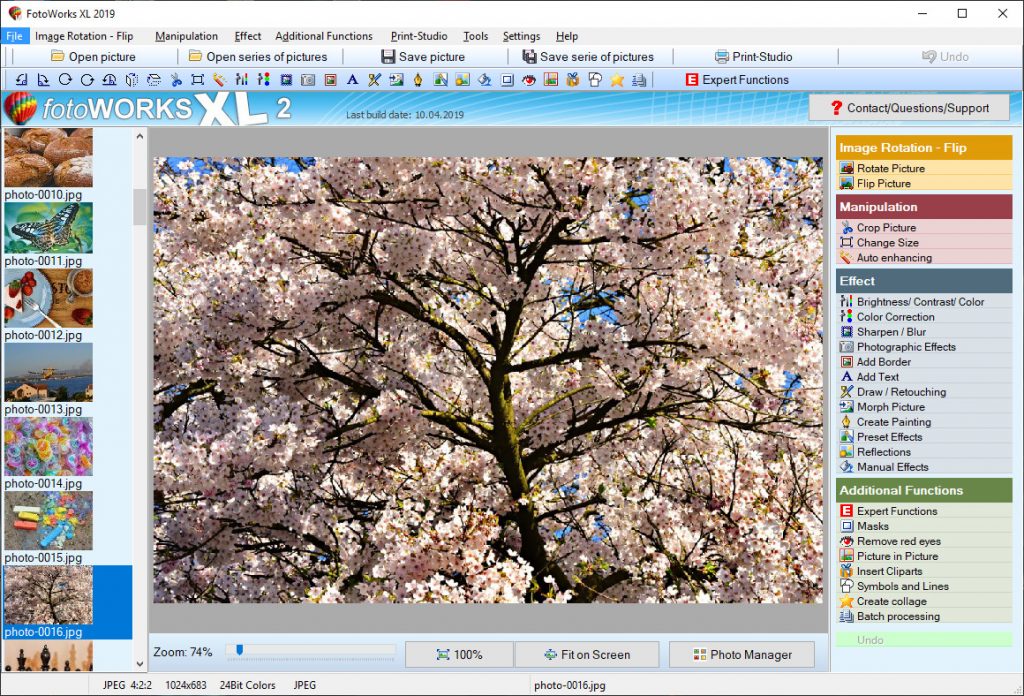 Screenshot of Photo Montage
Screenshot of Photo Montage
